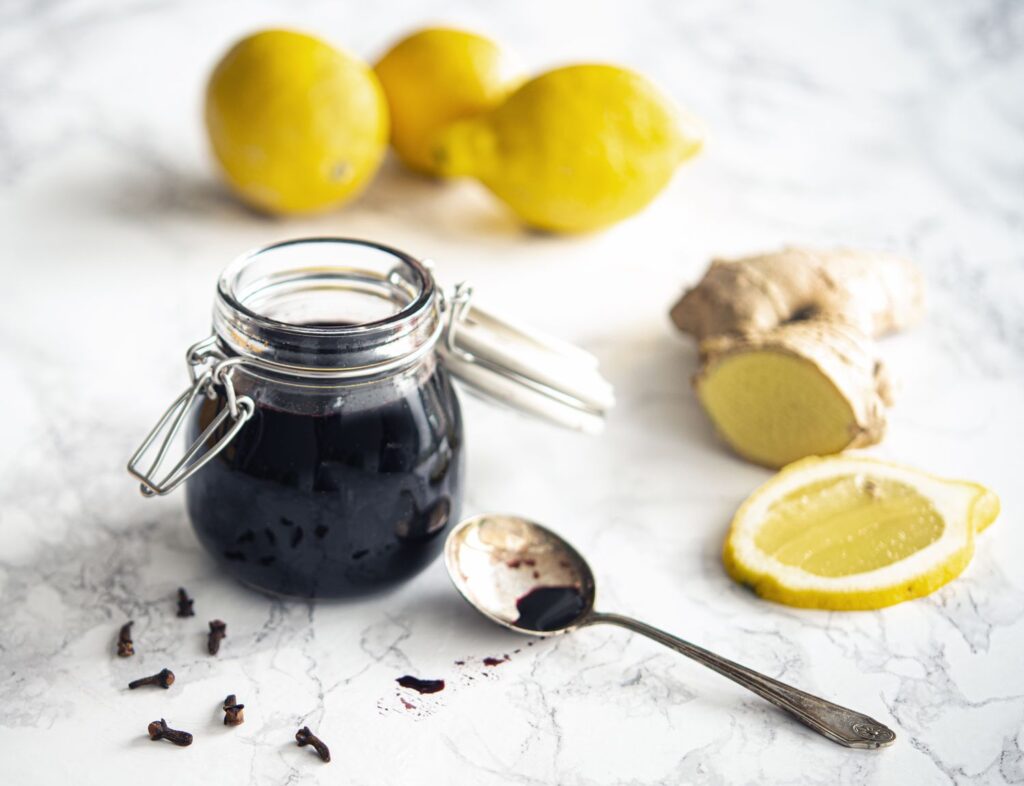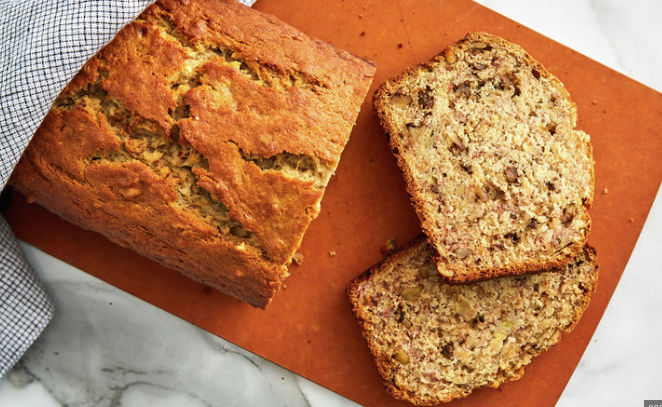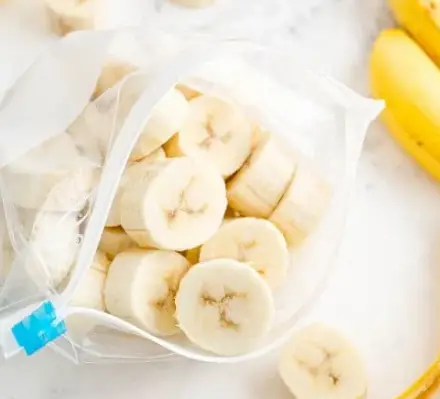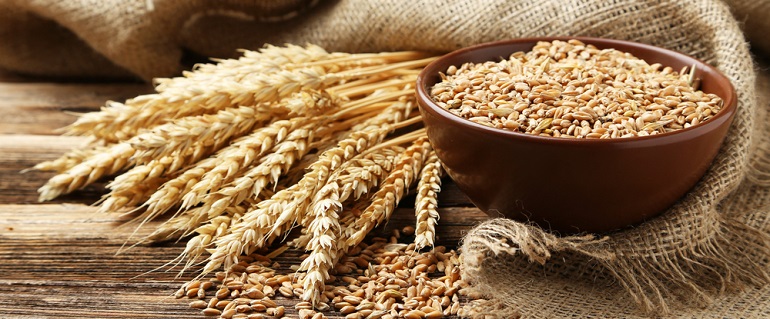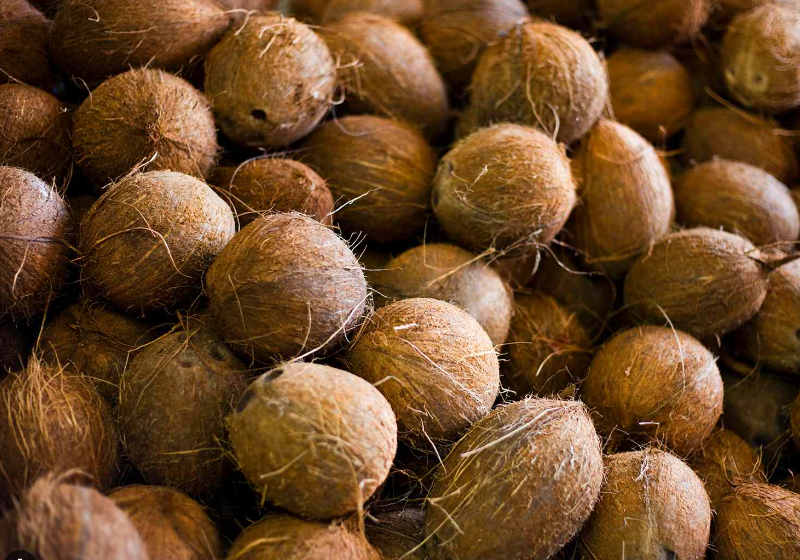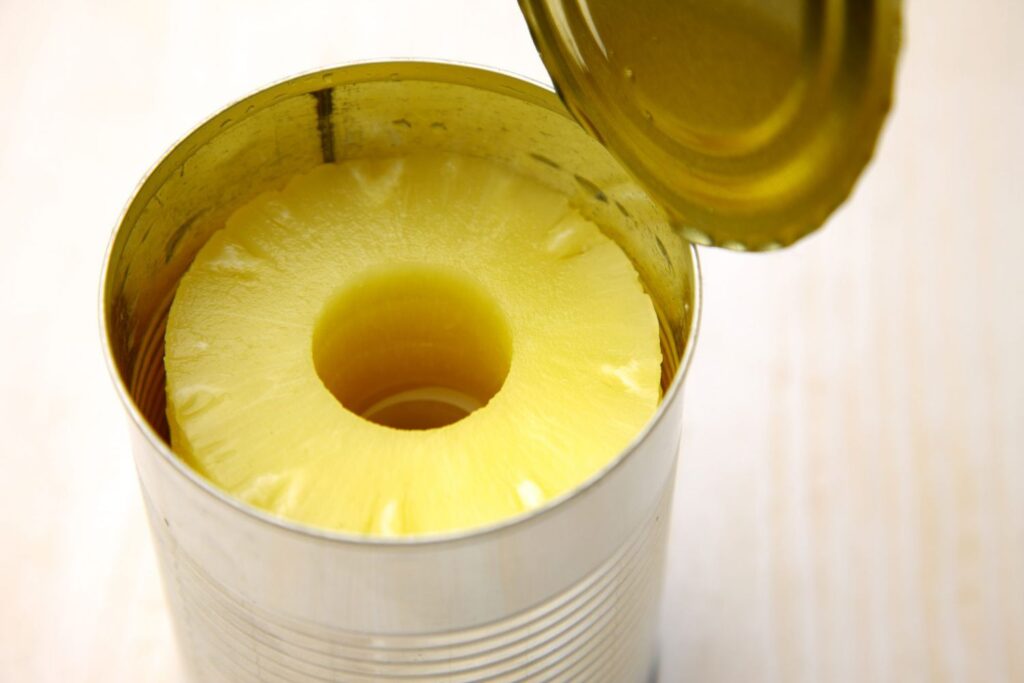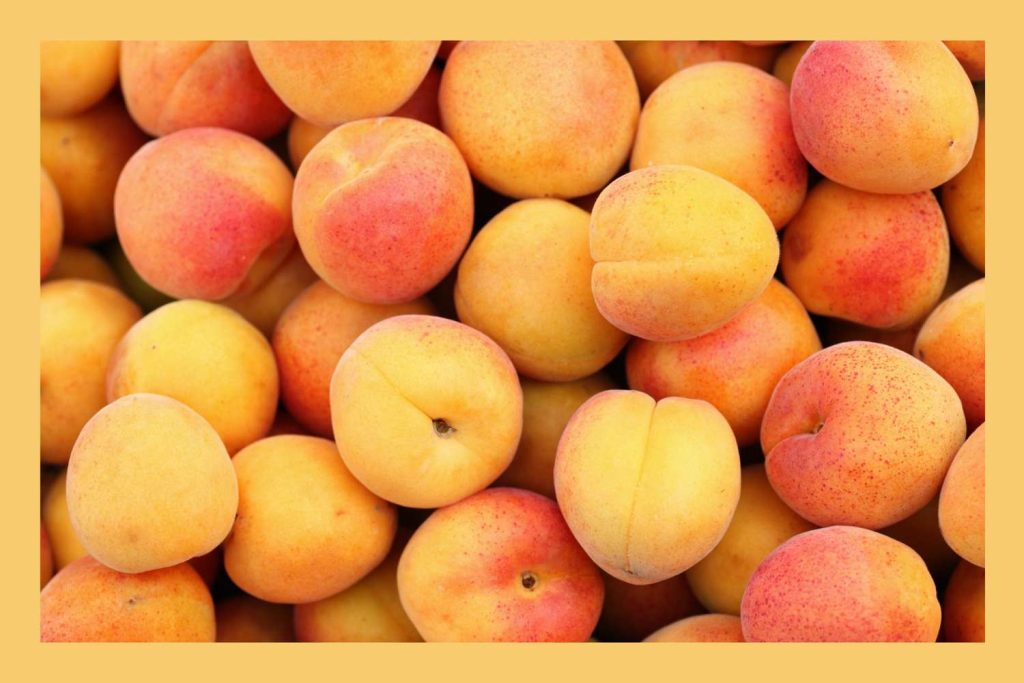If you’ve picked cacao fruit to make chocolate or enjoy from your garden, it’s really important to keep it fresh and make sure it doesn’t go bad too fast. In this guide, we’ll show you the best ways to store cacao fruit to keep it in great shape for as long as possible.
To help your cacao fruits stay fresh for longer, focus on how you pick, clean, and keep them. Keep reading for helpful tips on the best ways to store your cersistence and enjoyment.
Cacao fruit, also known as the cocoa fruit, comes from the cacao tree (Theobroma cacao). This tree is originally from places like Central and South America. The fruit looks like a large, elongated pod and inside, it has cacao beans, which are used to make chocolate.
The cacao fruit has an outer husk or pod, a fleshy inside called pulp, and the actual beans. It’s full of good stuff like antioxidants and nutrients including magnesium, iron, and zinc. Keeping cacao fruit properly stored is crucial for keeping its quality and making it last longer. How long it lasts can be affected by things like how warm or cold it is, how much moisture there is, the light it gets, the air around it, and if it gets knocked around or not.
Table of Contents
- What Impacts the Shelf Life of Cacao Fruit
- Best Ways to Store Cacao Fruit
- Step 1: Sort and Wash the Fruit
- Step 2: Dry the Fruit
- Step 3: Choose the Right Packaging
- Step 4: Keep It in a Cool, Dry Spot
- Step 5: Control Temperature and Humidity
- Step 6: Keep the Fruit Away from Light
- Step 7: Ensure Good Air Circulation
- Step 8: Check the Fruit Regularly
- Step 9 – Be gentle with the fruit to stop it from getting hurt
- Step 10 – Keep switching out the old fruit with new
- How to Know if Cacao Fruit Has Gone Bad
- How long can cacao fruit stay good?
What Impacts the Shelf Life of Cacao Fruit
There are a number of things that can make cacao fruit go bad faster. Knowing what these are can help you store your cacao fruit the right way and keep it from spoiling. Here are the things that can make a difference:
- Temperature: Cacao fruit doesn’t handle changes in temperature very well. Too much heat can make it go bad or change the flavor because the fats in the fruit can spoil.
- Humidity: If there’s too much moisture in the air, it can make the fruit wet, which can lead to mold. If there isn’t enough humidity, the fruit can dry out and not taste as good.
- Light: Sunlight can break down the fruit and make it lose some of its nutritional value and taste. It can also change the color of the fruit and make it taste weird.
- Airflow: You need good air circulation to stop moisture from building up, which can make mold grow. If the air doesn’t move enough, the fruit can get too damp and spoil faster.
- Physical damage: If the fruit gets bruised when it’s being moved or packed, those damaged spots can start to spoil quickly.
- Microbial activity: Bacteria and mold can grow on the fruit and make it go bad. Cleaning, drying, and packing the fruit correctly can stop these germs from growing.
Keeping these factors in mind and using the right storage techniques can help your cacao fruit stay fresher for a longer time.
Best Ways to Store Cacao Fruit
Step 1: Sort and Wash the Fruit
Start by sorting out the cacao fruit and getting rid of any that are damaged or too ripe. This helps prevent any bad ones from affecting the rest.
Check each fruit by hand and toss out the ones that aren’t good.
Next, wash the fruit with water to clean off any dirt. Now your cacao fruit is all prepped for the next step.
Step 2: Dry the Fruit
Drying the cacao fruit really well is super important to keep mold from growing and to help it last longer. Lay out the fruit on something like a rack or paper where it can dry fully. You could also use a dehydrator or an oven set on low heat to help speed up the drying process.
Step 3: Choose the Right Packaging
Packaging is key for protecting cacao fruit from things in the environment that can shorten its life. Use containers that seal tightly, ziplock bags, or vacuum-sealed bags. Make sure the containers are spotless and completely dry to avoid any chance of spoilage.
Step 4: Keep It in a Cool, Dry Spot
Find a cool and dry place in your home like a pantry or cupboard to store your cacao fruit. It keeps the fruit safe from big changes in temperature and humidity, which can make it go bad. Keep it away from sunlight and places that get hot.
Step 5: Control Temperature and Humidity
Keeping the temperature around 60-70°F (15-21°C) and the humidity between 50-60% is perfect for storing cacao fruit. This balance helps make sure the fruit stays in good shape and doesn’t get moldy.
Step 6: Keep the Fruit Away from Light
Light, especially from the sun, can be bad for the fruit’s quality and shelf life. Store it someplace dark or use packaging that blocks light to keep the fruit from being damaged by light exposure.
Step 7: Ensure Good Air Circulation
It’s also really important to make sure there’s enough air moving around the fruit. This helps keep it dry and fresh. Pick packaging that lets air move through a little bit to help with this.
Step 8: Check the Fruit Regularly
Last but not least, take a look at your cacao fruit from time to time to check for signs that it’s going bad, like dark spots or a strange smell. This will help you catch any problems before they affect all of the fruit.
Keep an eye out for early signs of bad cacao fruit. Look for mold, smells that aren’t right, or changes in color. If you see any of these, get rid of the fruit right away.
Step 9 – Be gentle with the fruit to stop it from getting hurt
When cacao fruit gets bumped or dropped, it can bruise. This makes it go bad faster. So, when you are picking it up, cleaning it, or putting it in containers, do it gently.
Step 10 – Keep switching out the old fruit with new
Changing out old cacao fruit for fresh ones is key to keeping them good to eat. Always use the older ones first and bring in new ones so that all the fruit stays nice and fresh.
How to Know if Cacao Fruit Has Gone Bad
It’s very important to know if cacao fruit has gone bad so you don’t get sick or it doesn’t mess up your other stuff. Here are some ways to tell if cacao fruit isn’t good anymore:
- Smell: If cacao fruit smells sour or just not right, it’s probably bad.
- Mold: Seeing mold on the fruit, which might look fuzzy and can be green or black, means it’s spoiled.
- Color: Bad fruit can change color, turning brown, black, or looking slimy, which tells you it’s not fresh.
- Feel: If the cacao fruit feels slimy or too soft, it’s not good anymore.
- Taste: Eating cacao fruit that tastes bitter, sour, or just strange means it has spoiled, and it’s not safe to eat.
When you see any of these signs, throw the cacao fruit out right away. Also, clean where it was stored so the problem doesn’t spread. When in doubt, it’s better to toss it than to risk getting sick.
How long can cacao fruit stay good?
This depends on a few things, like how it’s kept, the temperature and humidity around it, and how ripe it was when it was picked. Let’s dive into those details.
Cacao fruit is very delicate and can go bad quickly, especially if it’s too hot, damp, or in the sun. But if you keep it cool, it can last longer because the cold can slow down when it gets ripe.
Picking the cacao fruit at the right time is also important. If it’s too ripe, it’ll spoil quicker. And if it’s not ripe enough, it won’t taste as good.
Usually, cacao fruit is good for about 2 to 3 months after picking if you store it right. But you can make it last even longer with some care.
Some good ways to store cacao fruit include keeping it somewhere cool, dry, and where the air moves around. Also, when you handle the fruit, be careful to keep it from getting smashed or dirty. These steps will help your cappy fruit taste good for as long as possible!
